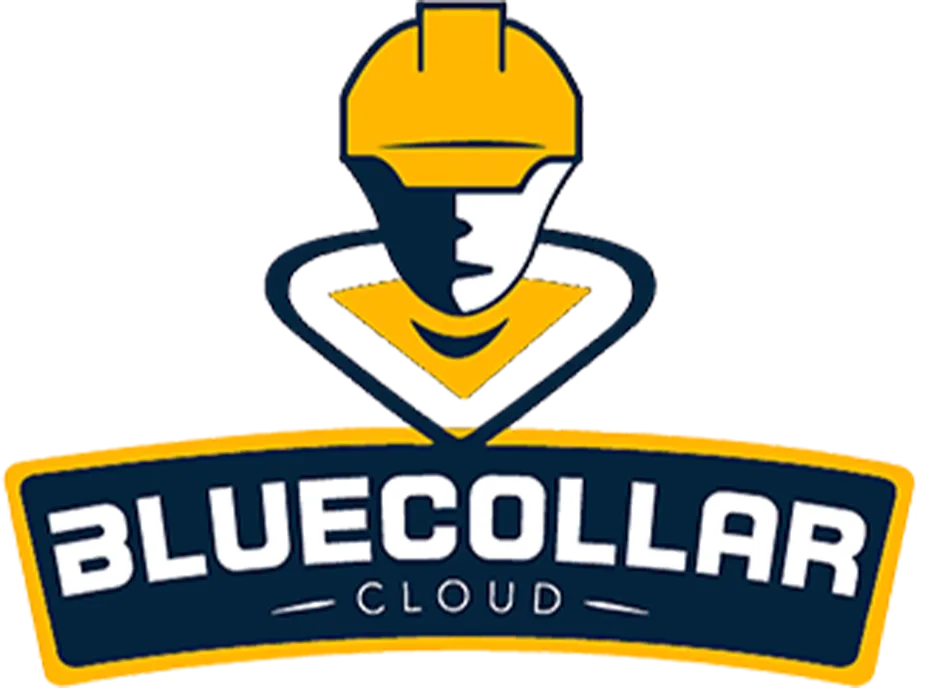
Why $20M-200M Construction Companies Are Moving Beyond QuickBooks, Sage and Deltek in 2024
Executive Summary
Growing construction companies are quietly facing a critical breaking point with traditional accounting software like QuickBooks, Sage, and Deltek. This comprehensive analysis reveals why these systems are creating unseen risks for $20M+ construction businesses and uncovers the solutions industry leaders are adopting to drive growth in 2024 and beyond.

CASE STUDY #1: The Breaking Point
Mid-Size Construction Company ($45M Revenue)
When a veteran construction company owner realized his business had missed $280,000 in change orders across three projects in a single quarter, he knew something had to change. His project managers were drowning in spreadsheets, and their basic accounting software could no longer keep up with their growing complexity.
The leadership team of a growing construction company often faces this reality: managing a $45 million operation using software designed for businesses a fraction of their size. Experienced executives in this position frequently discover that missed change orders are just the tip of the iceberg – it's the unknown blind spots that pose the greatest risk to their operations and future growth.
This kind of realization typically serves as a crucial turning point for construction companies in their growth phase, prompting them to reevaluate their operational infrastructure before more significant issues emerge.
The Growing Problem:
Why Legacy Systems Are Failing Construction Companies
The Breaking Point: Key Warning Signs
1. Project Complexity Overwhelming Basic Systems
Multiple projects requiring complex cost allocation
Increasing number of subcontractors to track
Growing compliance requirements
More sophisticated reporting needs
2. Financial Visibility Gaps
Delayed project profitability insights
Inability to track actual vs. estimated costs in real-time
Limited multi-project financial analysis
Poor cash flow forecasting capabilities
3. Operational Inefficiencies
Manual data entry across multiple systems
Duplicate data entry requirements
Spreadsheet dependence for critical calculations
Time-consuming month-end closing processes
CASE STUDY #2: The Cost of Delay
Mid-Size Construction Company ($48M Revenue)
A construction company CFO discovered their legacy system was costing them over $400,000 annually in hidden expenses:
150,000 in additional administrative staff
$120,000 in missed early payment discounts
$85,000 in project delay costs due to delayed information
$45,000 in overtime during month-end closing
Estimated $100,000+ in missed change orders
For construction company leaders, the focus often centers on the immediate costs of implementing new systems while overlooking the substantial hidden expenses of maintaining outdated software.
Financial executives frequently discover that their existing systems are actually costing significantly more through inefficiencies, missed opportunities, and administrative overhead than the investment required for modernization.
This realization often becomes a pivotal moment in their digital transformation journey, as they begin to understand the true cost-benefit analysis of their technology infrastructure.
The Real Impact: By the Numbers Research across 100 mid-sized construction companies reveal
68% take more than 15 days to close their monthly books
82% rely on manual spreadsheets for critical project calculations
73% cannot track project profitability in real-time
91% have experienced project delays due to information lag
77% missed billing opportunities due to system limitations
The Hidden Transformation
What Industry Leaders Are Doing Differently
Modern Platform Capabilities
1. Real-Time Project Financial Management
Instant cost tracking and analysis
Automated change order management
Real-time project profitability analysis
Integrated budget tracking
2. Field Operations Integration
Mobile time and material tracking
Digital daily reports
Photo and document management
Real-time field-to-office communication
3. Advanced Financial Controls
Automated compliance tracking
Multi-entity management
Advanced revenue recognition
Integrated payroll and HR
CASE STUDY #3: The Transformation
Large Mid-Size Construction Company ($62M Revenue)
After switching to a modern construction ERP platform these levels of company experiences:
75% reduction in month-end closing time
45% decrease in administrative overhead
23% improvement in project profit margins
90% reduction in manual data entry
100% elimination of duplicate data entry
The biggest surprise wasn't the cost savings – it was how much better these company’s project managers could perform with real-time data.
Selection Guide: Modern Construction Platforms

Core Requirements Checklist
1. Project Management Features
Multi-project scheduling
Resource allocation
Subcontractor management
Document control
Change order management
2. Financial Management
Project cost accounting
Revenue recognition
Multi-company consolidation
Union payroll
Certified payroll
3. Field Operations
Mobile time capture
Daily reports
Safety management
Quality control
Equipment tracking
Implementation Success Stories
CASE STUDY #4:
The Smooth Transition Mid-Size Commercial Construction Company ($35M Revenue)
Construction companies at this scale often find success by implementing a strategic phased approach to system modernization, rather than attempting an all-at-once transformation:
Phase 1: Core Financials (Month 1-2)
General ledger
Accounts payable
Accounts receivable
Basic job costing
Phase 2: Project Management (Month 3-4)
Project scheduling
Document management
Change orders
Submittals
Phase 3: Field Operations (Month 5-6)
Mobile time entry
Daily reports
Safety management
Equipment tracking
Results after 6 months:
Zero disruption to ongoing projects
100% user adoption
35% reduction in administrative costs
28% improvement in project margin accuracy
ROI Analysis Framework
Calculating the True Return
Direct Cost Savings:
Reduced administrative staff needs
Eliminated duplicate software licenses
Decreased IT support requirements
Reduced paper and printing costs
Operational Improvements:
Faster billing cycles
Improved cash flow
Better resource utilization
Reduced project delays
Strategic Benefits:
Enhanced competitive position
Improved client satisfaction
Better risk management
Increased scalability
Making the Decision: Assessment Tool
Rate Your Current System (Score 1-5):
Month-end closing efficiency
Project cost visibility
Change order management
Field team satisfaction
Reporting capabilities
Mobile accessibility
Integration capabilities
Compliance management
Cash flow forecasting
Growth scalability
Total Score Interpretation:
40-50: Current system may be adequate
30-40: Improvements needed
Below 30: Immediate action recommended
This staged implementation strategy allows construction companies to maintain operational continuity while systematically upgrading their technological capabilities. Teams can adapt to changes gradually, ensuring thorough adoption and maximizing the return on investment at each phase.
Industry Expert Insights
Quotes from leading construction technology consultants:
Leading construction technology consultants observe key industry trends:
Construction technology experts consistently emphasize that companies growing beyond $20M must view software as an integral part of their project delivery strategy, not just an accounting tool. Companies embracing this perspective typically experience more sustainable growth and operational efficiency.
Financial advisors specializing in construction frequently observe a common pattern: businesses attempting to operate with basic systems often encounter significant growth limitations around the $25-30M revenue mark. At this scale, the increasing complexity of operations demands more sophisticated technological infrastructure to maintain efficiency and control.
These insights from industry professionals highlight how proactive technology adoption can help construction companies break through common growth barriers and scale their operations more effectively. Companies that recognize and act on these patterns early are better positioned to maintain their growth trajectory and operational excellence.
Action Plan: Next Steps
Immediate Actions (Next 30 Days)
Document current pain points
Calculate true current system costs
Assess growth projections
Survey key stakeholders
Research potential solutions
Short-Term Plan (60-90 Days)
Develop requirements document
Schedule vendor demonstrations
Check customer references
Calculate expected ROI
Make platform selection
Implementation Plan (90-180 Days)
Data migration planning
User training development
Process documentation
Phased rollout strategy
Success metrics tracking
Conclusion
The transition from legacy construction software isn't just about technology – it's about positioning your company for sustainable growth. The most successful construction companies are those that recognize this shift early and take proactive steps to modernize their operations.
Next Steps
Assess your current system's limitations
Evaluate potential alternatives
Develop a custom transition plan
Calculate expected ROI
Contact us for a confidential consultation to discuss your specific situation.


© 2024 BlueCollarClouds. | All Rights Reserved